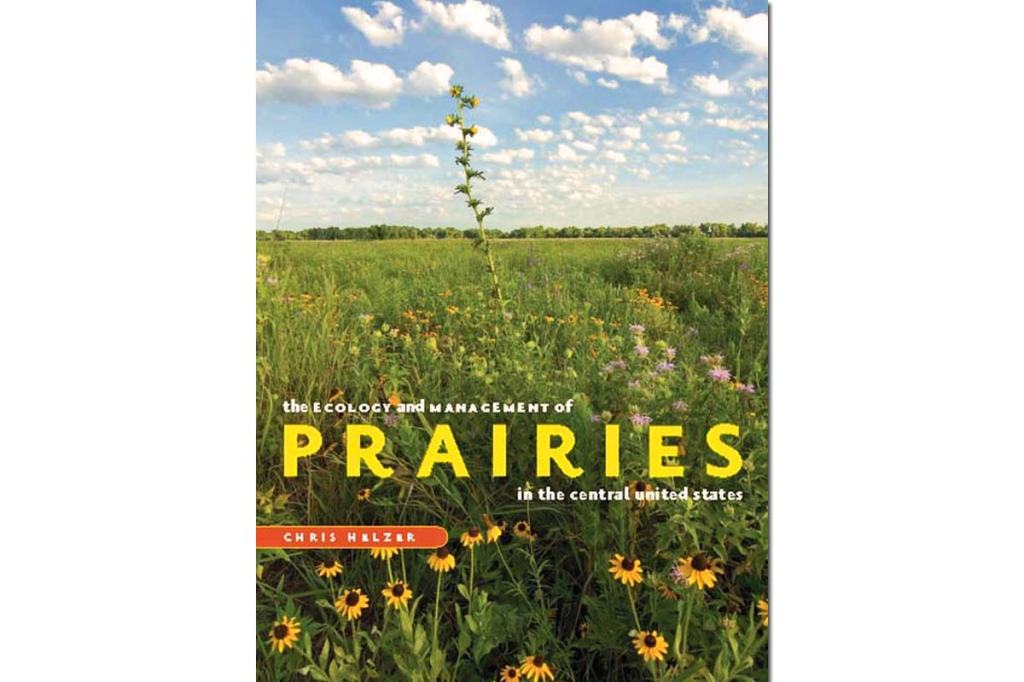Tag: Cattle
-

For landowners, graziers, prairie managers, and nature enthusiasts who want to understand prairie ecology, The Ecology and Management of Prairies in the Central United States by Christ Helzer is a comprehensive and thoughtful overview. Keep reading >>
-

It is time for us to take a break to enjoy the festivities with family and to collect fresh ideas for the year ahead. Meanwhile, if you are looking for some reading material during the slow season, consider a few of these posts. Keep reading >>
-

The following are some of our readers’ favorite food-related resources. Learn more about all aspects of food, from direct marketing to food safety to what your food cravings mean. Keep reading >>
-

Conservation grazing is roughly what its name implies—the practice of managing grazing animals with an eye toward rehabilitating or maintaining a natural ecosystem. Keep reading >>
-

Curious to know what we have to offer when it comes to raising livestock on a farm, ranch, or homestead of any size? Start exploring with these reader favorites. Keep reading >>
-

One of the limiting factors of draft animals is that they do not come with the PTO needed to operate many modern implements. What to do? Consider the PTO forecart. Keep reading >>
-

Whether you are borrowing, leasing, or buying a bull, start off on the right foot by considering one of the safer bull breeds. Keep reading >>
